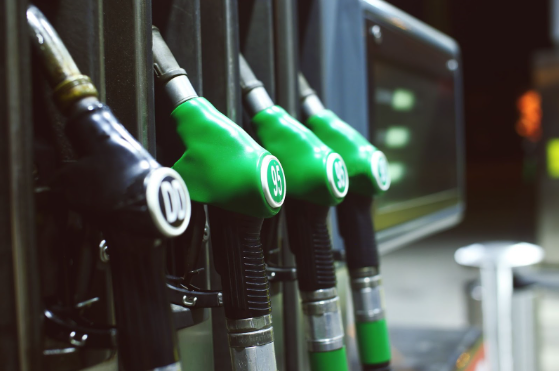La Industria 4.0 va más allá de la digitalización y se centra en el impacto humano. La convergencia de tecnologías disruptivas transforma las prácticas industriales y crea productos y servicios alineados con las necesidades del mercado. Es necesario combinar habilitadores tecnológicos con un enfoque estratégico y centrado en las personas. La visión holística de la Industria 4.0 busca relaciones de confianza y colaboración entre todos los actores del ecosistema.
El doble anillo de la industria 4.0: por qué la tecnología necesita poner a las personas en el centro










